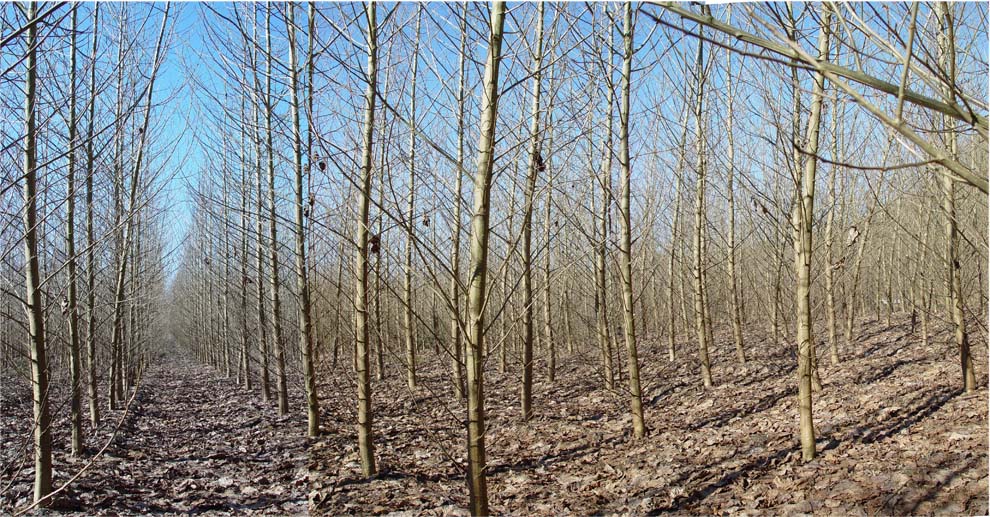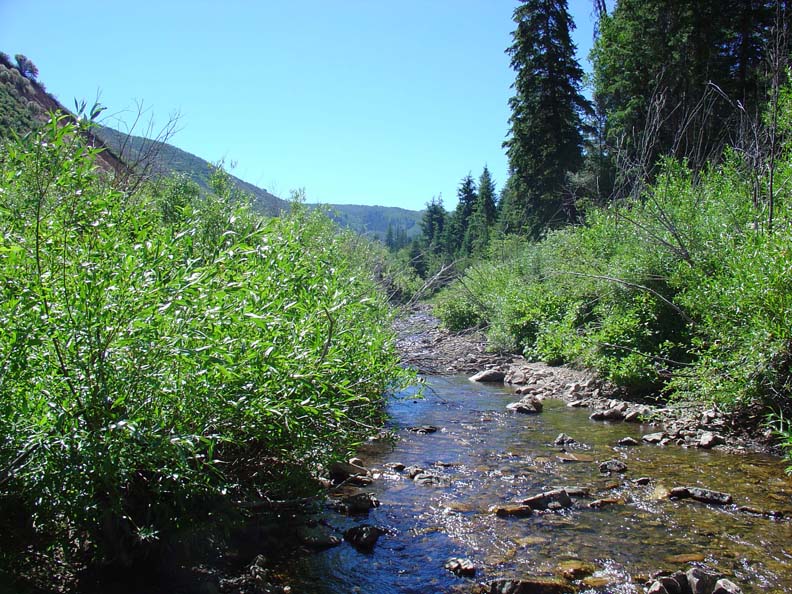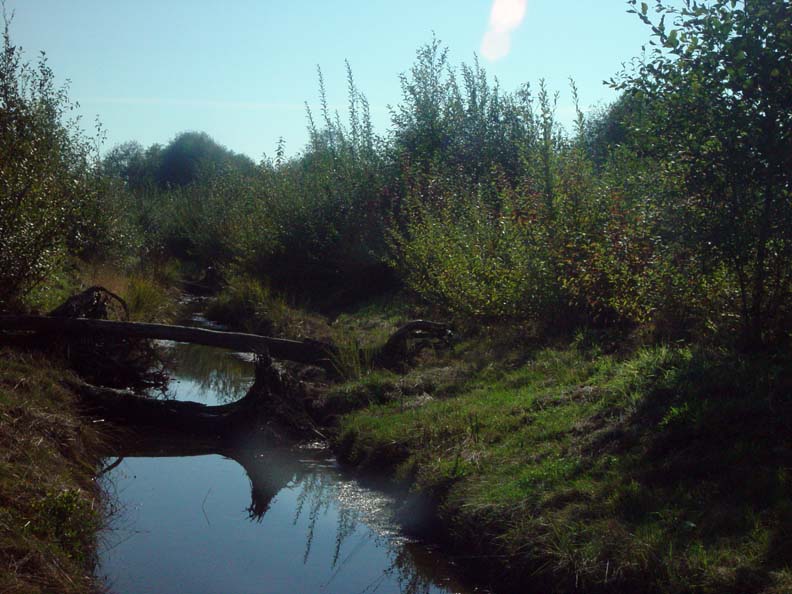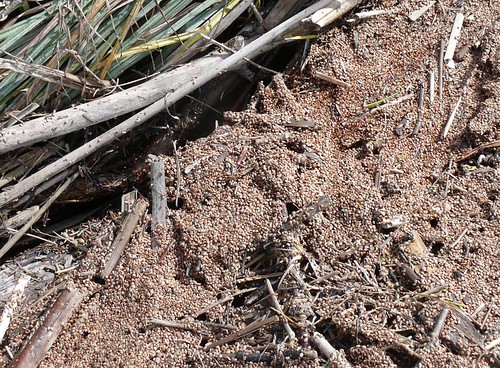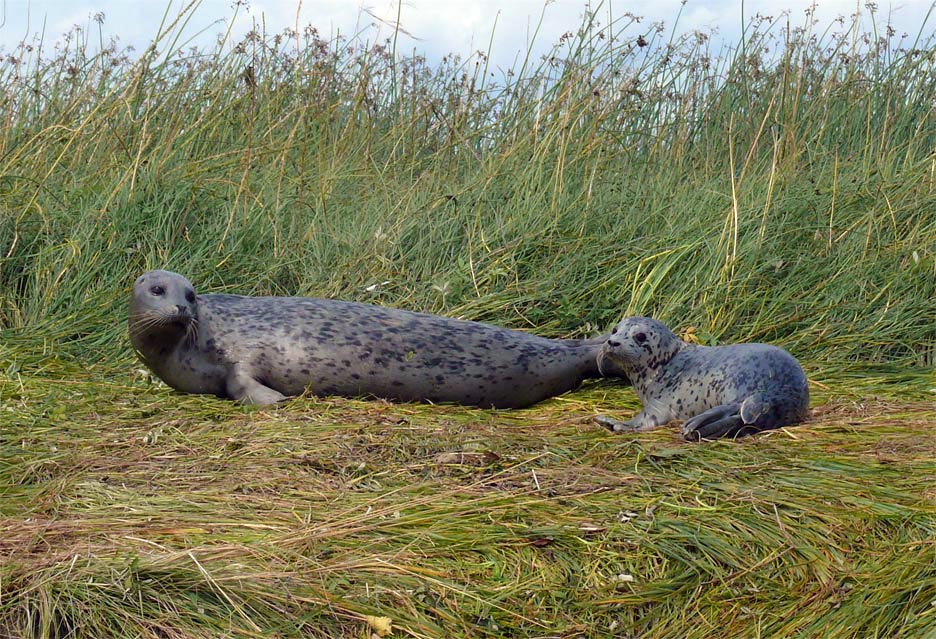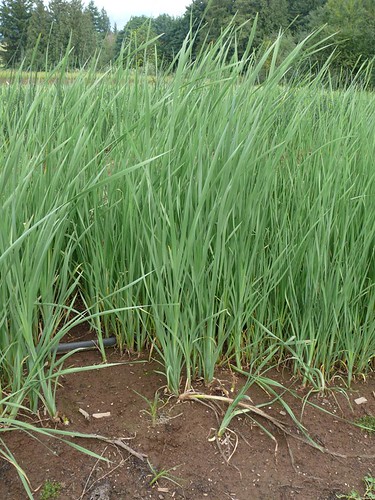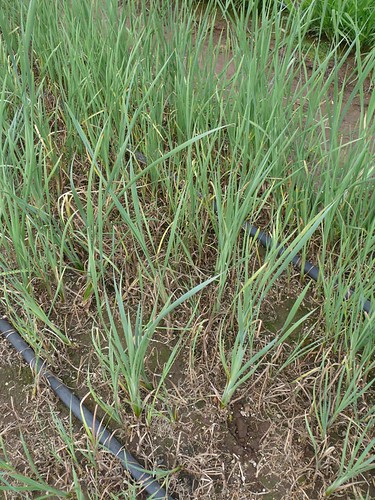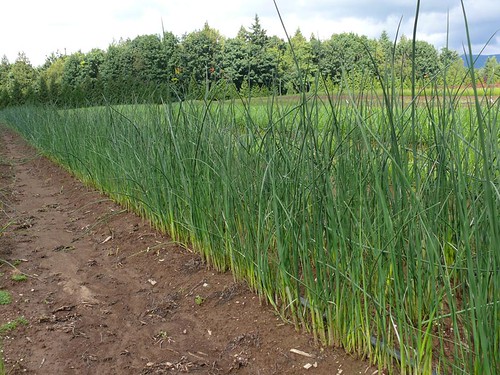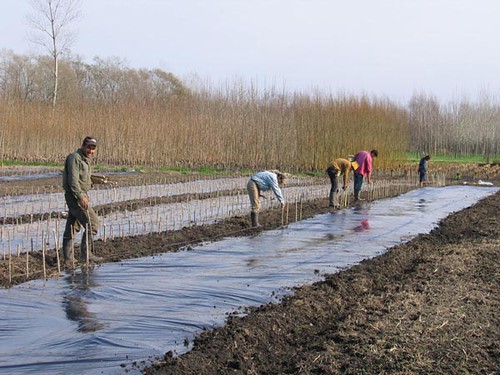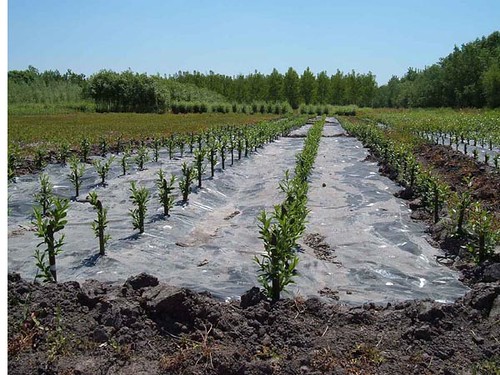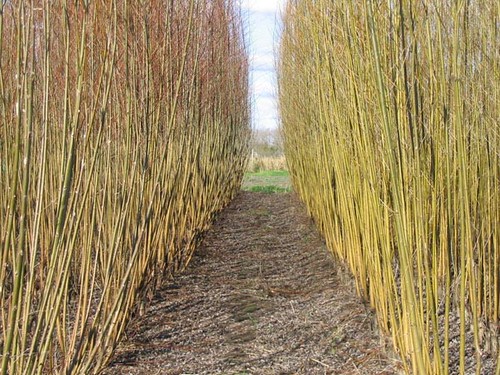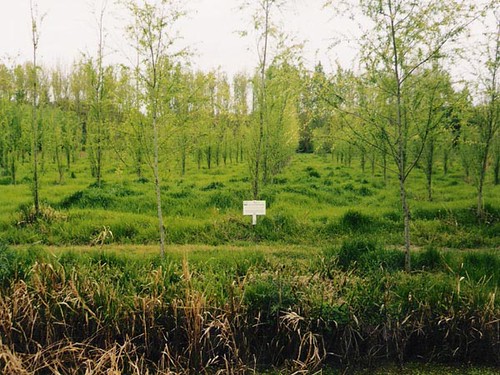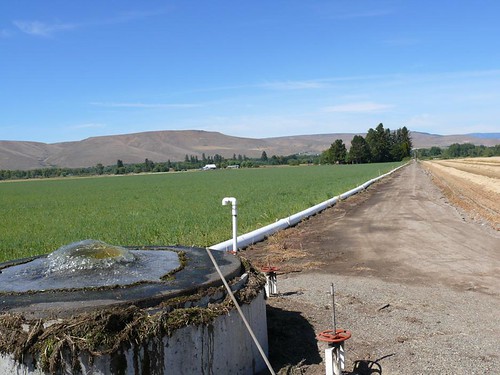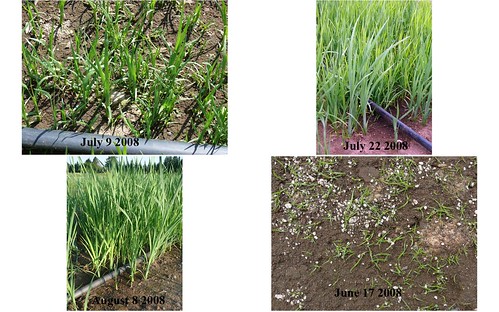The Catalyst is probably the easiest problem to solve. Here are some of the technical issues to be addressed
J It is if it's the last thing needed. I have 3 designs to follow but think I have figured out another better fluidized bed version.
1. Compression of gases to 25 to 30 bar (370 psi to 450 psi). You need to use high pressures to improve the yields and speed up the reaction. This requires a compressor pump capable of high pressures and is not effected by the gases (hydrogen, CO, CO2, NOx, etc) Have you found a compressor that can meet this criteria?
J I'll accept the slower reactions though I think I can do well with the FBR and 5psi or so, just enough to make the system work, at least to start. I want to keep it simple if possible.
Just what can I expect by dropping the pressure to 1.5bar?
You'll also need to use a vertical column that can handle the high pressure with multiple output values at different heights to extract different hydrocarbons (ie Fractional distilling). This isn't too difficult. I thought about using a large diameter SS pipe with SS Conflat flanges, and high pressure SS needle values
J I was planning a batch bottom extractor with each coming out in order as the pressure reduces. I assume this is what some use though most are like you say.
2. Unspent gas recycling. Not all of the Hydrogen and CO will be consumed in the first pass. Ideally you want to convert virtually all of the free Hydrogen and CO into hydrocarbons. Plus you need to recycle hydrocarbon gases like methane and butane assuming that you wish to produce mostly liquid hydrocarbons. While methane and butane are desirable products, ideally it would be better to produce them seperately by modifing the FT reactor parameters to optimize production of methane or other hydrocarbon gases.
I'll find out what by experimenting. I plan 20 runs for a given gas to get the most yield.
On some units, methane would be the main product fed into NG pipelines. Any good ways to get just methane besides just turning up the heat to 550-600F or so?
You also need to fit your FT reactor with a catalytic converter to eliminate any poisons (mosting CO) before you release expelled gases back into the atmosphere.
J I won't be releasing any, instead use them, others to run the system or make electricity. I'll also use the process waste heat to make electricity.
3. Producing Clean SynGas that contains very little Nitrogen. This means using near pure Oxygen. I have done some research into a possible solution using Zeolites to seperate Nitrogen from Oxygen, using a pressure swing process. You compress air into a contain containing Zeolites that either hold nitrogen or Oxygen. When you depressurize the tank, the gases will come out seperated. If the Zeolite holds Oxygen, Nitrogen will come out first, followed by Oxygen. Its dependant on the pressure. You'll need a setup that redirects the gas outflow by pressure so that you dump the nitrogen load, and use the Oxygen load. You will also need to remove any water from the air, before pumping in air into the zeolite tank.
Or by destructive distillation with little N2 or O2.
So that's how a swing pressure system works. I think that's what TECO uses in their Polk coal gasification cogen powerplant which could pump their exhaust directly underground being CO2 and water.
But why? Since one needs neither to make HC's. I don't want alcohols. DD seems better for me, much less work. Could even generate pressure with it if needed..
I was planning on just heating it up to 1500F to break DD gas into Syn gas. Maybe with a catalyst. Any lower temp suggestions?
4. You need to setup your catalyst in a stack so that you maximize contact of the gases with the catalyst. This would be a a serious of stacked blocks with small diameteter channels loaded with a catalyst so that the gases meander a much longer distance. This could either be a set of pressed steel plates or machined steel blocks. The Steel blocks\plates could also be oxidized to form a FeO3 catalyst on the surface, adding the conversion. the Stack should also make use of a gas diffuser to break up the gas bubbles into smaller ones to maximixe gas contact with the cataysts and light hydrocarbon products.
It needs a lot of cooling so long 2"dia tubes the Nazi's used, gas cooled injection into tubes or FBR with cooling tubes, ect. But lots of turbulence, cat surface area, mixing which is why I'm favoring FBR.
5. Gasifier Gas output measuring. You need sensors or detection equipment than can measure the output gases from your gasifier. Ideally too little water or the wrong termperture will result in excessive CO2 production or low Syngas yields, You need sensors to measure the output gases.and these sensors must be able to survive the conditions.
J By too little water you mean not enough for water gas reaction, ie too little H2? I plan tight temp control that seems to control which product output. 450-500F is what Fischer got the higher gasolines, butane, propane which I want. Higher temps he got Methane on some kind of iron catalyst in his 1927 experiments.
6. Using the Water Shift gas method to increase the H2 to CO ratio. Light hydrocarbons contain more hydrogen. Too little hydrogen will result in long chain olefins like waxes which is probably not your desired fuel. A Water gas shift reactor converts some of the CO into more hydrogen by reacting CO with steam (FYI: CO2 is also produced from the reaction).
J I was planning on hitting the hot char with steam for that purpose. Turning water into gasoline sounds good to me.
I've learned what I can from a Mark's Manual and the FT Archive papers, many of which I've read so please comment on the above as we really need a simple, eff method for small biomass converters. farmers, ect make fuels from waste biomass.
Thanks,
Jerry Dycus | 